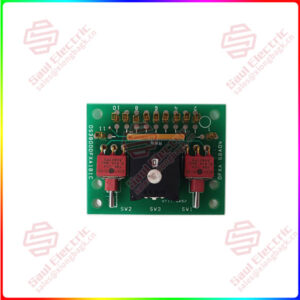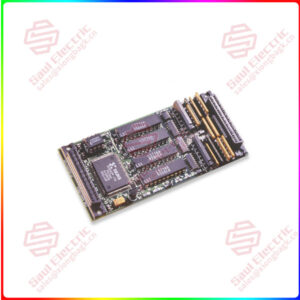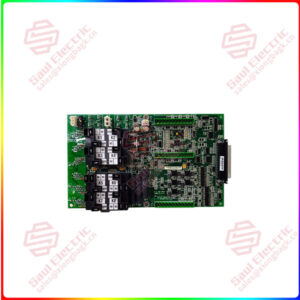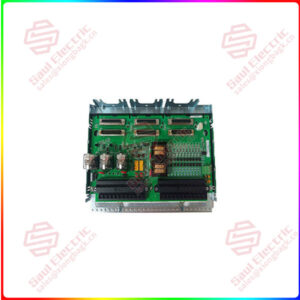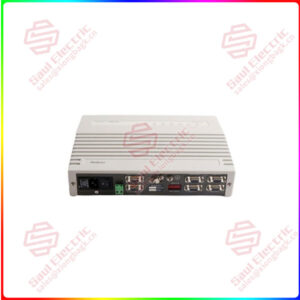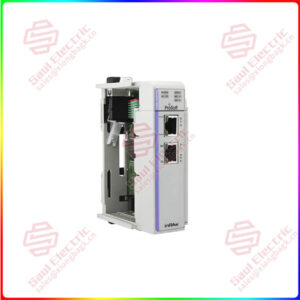Description
Overview
Essential details:EP3-E-4-EN Controller module ALSTON
The controller is divided into combinatorial logic controller and microprogram controller. The two controllers have their own advantages and disadvantages. Combinatorial logic controller design is troublesome, complex structure, once the design is completed, it can not be modified or expanded, but its speed is fast. Microprogram controller is convenient in design, simple in structure, easy to modify or expand, modify the function of a machine instruction, only need to reprogram the corresponding microprogram; To add a machine instruction, one simply adds a microprogram to the control memory, but it does so by executing a microprogram. The specific comparison is as follows: The combined logic controller, also known as the hard-wired controller, is composed of logic circuits and completely relies on hardware to achieve the function of instructions.
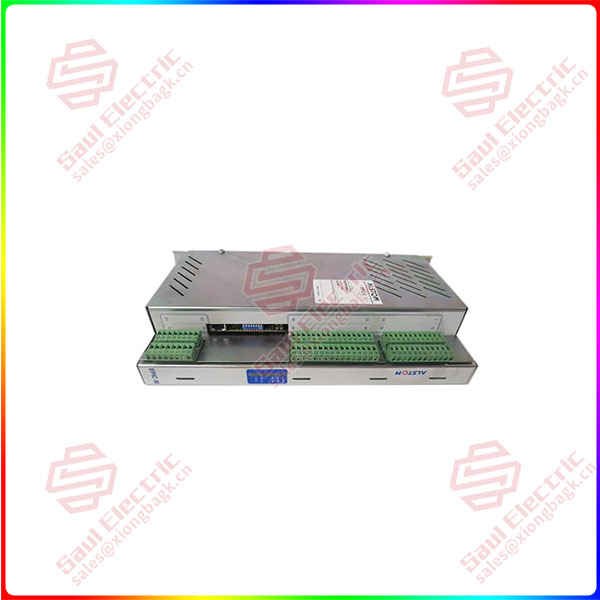
EP3-E-4-A
Superiority products EP3-E-4-EN Controller module ALSTON
Each function within the CPU performs a specific function. Information transfer between components and the realization of data flow control components. The path through which information is transmitted between many digital components is often referred to as a “data path.” Where the information starts, through which register or multiplex switch in the middle, and finally to which register, must be controlled. The task of establishing a data path between registers is done by a component called the “operation controller”.
The function of the operation controller is to generate various operation control signals according to the instruction operation code and the timing signal, so as to correctly establish the data path, so as to complete the control of obtaining instructions and executing instructions.
There are two kinds of controllers with different structures due to different design methods. Microoperations are non-decomposable operations that always require a corresponding control signal (called a microoperation control signal or microoperation command). A digital computer can be basically divided into two parts – the control part and the executive part. The controller is the control component, and the arithmetic device, memory, peripheral equipment is the executive component relative to the controller. A connection between the control unit and the executive unit is through the control line. The control component issues various control commands to the executive component through the control line. Usually, this control command is called a micro-command, and the operation performed by the executive component after accepting the micro-command is called a micro-operation. Another connection between the control unit and the executive unit is feedback information. The executive part reflects the operation situation to the control part through the feedback line, so that the control part can issue new micro-commands according to the state of the executive part, which is also called “state testing”. Microoperations are a set of basic operations in an executive unit. Due to the structure of the data path, microoperations can be divided into
Compatibility and repulsion. In a CPU cycle of a machine, a group of microcommands that implement certain operational functions are combined to form a microinstruction. The general microinstruction format consists of operation control and sequence control. The operation control part is used to send out control signals to manage and direct the work of the whole aircraft. The sequence control part is used to determine the address to generate the next microinstruction. In fact, the function of a single machine instruction is realized by a sequence of many microinstructions. This sequence of microinstructions is often called a microprogram. Since microprograms are composed of microinstructions, when executing the current microinstruction. The address of the subsequent microinstruction must be specified so that after the execution of the current microinstruction is completed, the next microinstruction can be executed.


 1 Year Warranty
1 Year Warranty
